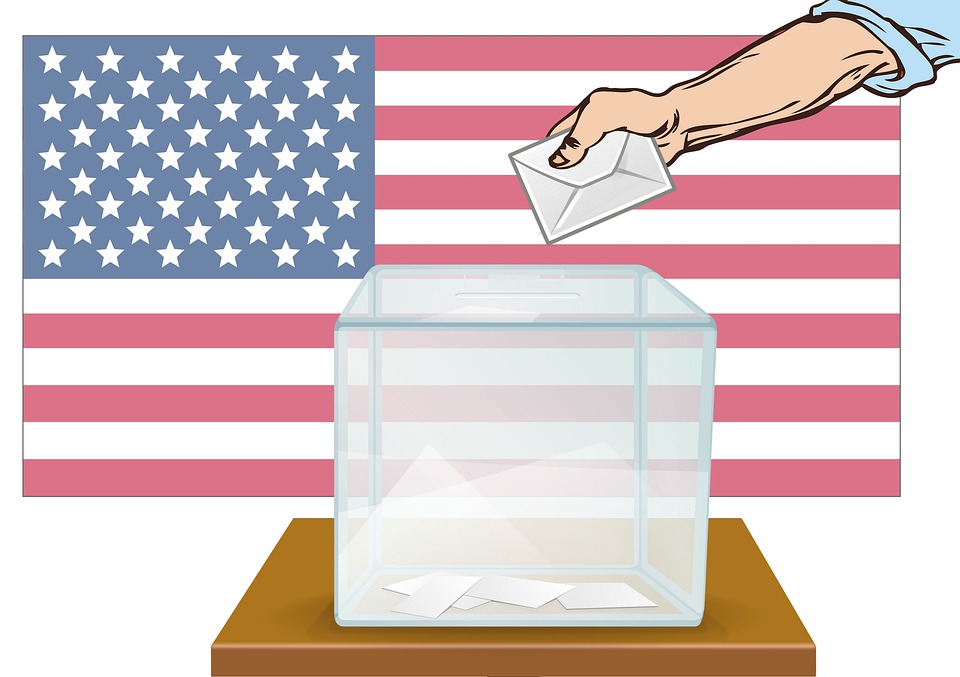Trade agreements between two or more countries are the bedrock of international trade and commerce. We all know how globalization helped economies to export surplus and import deficiencies, thereby leading to improved standards of living. A simple example is of a country which has abundant stock of food grains but which lacks in mineral resources such as coal. Such a country can export food grains, earn foreign currency and use it to import coal for its power plants. The formalization of this eventually led to free trade agreements, popularly known as FTAs.
Let’s discuss FTAs and their salient features.
FTAs are international agreements that bind parties and facilitate an environment with reduced tariff barriers. Signatory countries reach a decision to significantly lower duties on imports and remove quota restrictions on goods purchased from foreign manufacturers. A direct outcome is better access to other markets, alongside competitive pricing for exported goods and services in the foreign market. More often than not, small and medium enterprises benefit from such agreements since they do not have deep pockets to absorb high custom duties levied in absence of a free trade agreement.
Free trade agreements are not restricted to only goods and services. Signatories can include within the pact increased cooperation with respect to investment and mobility of human resource. With free flow of capital and human, a trade agreement between a developing and developed economy can serve as a catalyst for the former by way of tapping foreign capital, technology, talent and innovation. The key winner of such agreements is the consumers at both sides who can now buy superior quality goods and services at competitive prices.
Growing geopolitical tensions are, however, dealing a blow to free trade agreements.
The United States-China trade standoff is one of the examples of how protectionism for local manufacturers and imbalances in any trade agreement can lead to reversal in positions. Lately, the US announced a considerable hike in tariff imposed on goods and services imported within its borders from China. China retaliated with similar tariff increases on US exports. This led to analysts fearing a global slowdown, which did not allow crude oil prices to sharp steeply (crude prices are directly proportionate to economic growth) even after the US re-imposed sanctions on Iran, a major crude exporter.
The border faceoff between India and Pakistan has also culminated into both countries withdrawing trade preferences to each other and thereby increasing prices of many cross-border goods due to the impact of hiked tariffs. Of late, the US has even threatened to oust India from country’s Generalized System of Preferences (GSP) program, which would mean that many of Indian exports to the US may face new tariffs.
Free trade agreements can hence be understood as a mechanism for free (although this doesn’t technically mean zero tariffs) flow of goods and services for the mutual benefit of participating economies.Such pacts are the cornerstone of equitable economic development and must be preserved.
Suvipra aggregates essential blogs in one place for enhancing general awareness and intellect of the readers.
Reach a wider audience for free!
To get your blog published on Suvipra.com, click Submit Your Blog
Increase the number of clicks to your own website for free!
To submit the link to the blog on your website, click Submit Your Blog Link


























